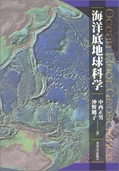Ocean Floor Geoscience
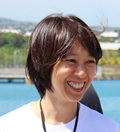
Contributed by Kyoko Okino
Professor
Atmosphere and Ocean Research Institute
http://ofgs.aori.u-tokyo.ac.jp/~okino/
These days, high-resolution imaging technology allows us to peer onto the surfaces of distant planets. But there are still lots of places on Earth that have not yet been examined, including vast swathes of the ocean floor. The immense amount of seawater resting above it makes observing the ocean floor a tremendous challenge. Here, a researcher who has overcome incredible difficulties to investigate the diverse ocean floors around the globe will take you on an enchanting tour of the underwater world through the lens of the interdisciplinary study of geoscience. Be careful not to get seasick!
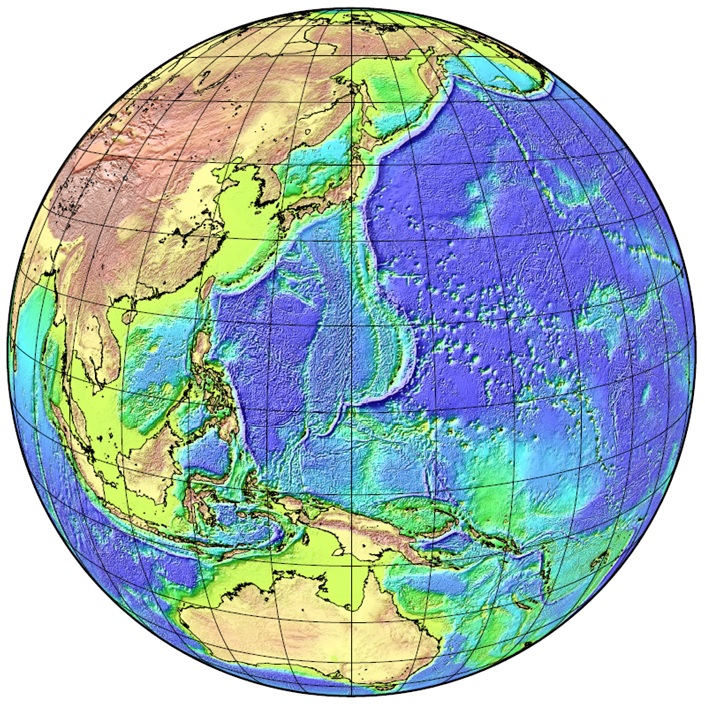
When a large earthquake hits Japan, someone from UTokyo’s Earthquake Research Institute tends to be invited onto TV to give the usual explanation: “This happened because the Pacific Plate subducted (moved under another plate) beneath Japan...” and so forth. Thanks to this kind of explanation that we have all heard before, Japanese people are now widely—although somewhat vaguely—aware of the fact that Japan lies in a plate subduction zone, making Japan prone to earthquakes and home to multiple volcanoes. This also means Japan is situated in the optimal place for conducting research into subduction zones, which, along with the fact that there is a strong need for disaster management in this country, provides an impetus for such research. Accordingly, many researchers focus their attention on subduction zones as well as their related phenomena and structures. But where in the world did these subducting plates form? Somewhere far away?
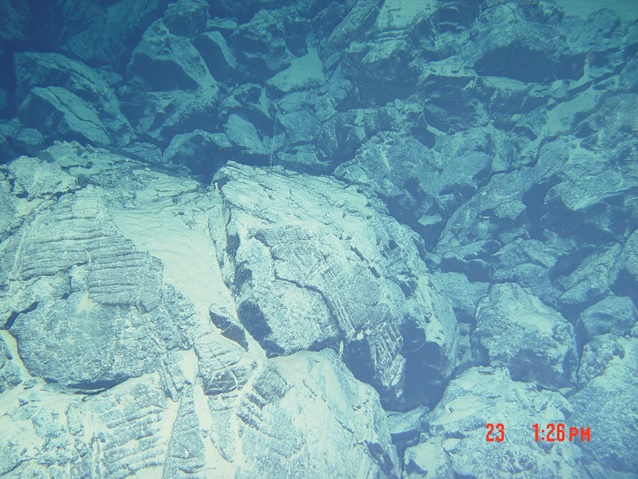
There is a theory that the surface of the Earth is broken up into several hard plates, and that these plates move in relation to each other. This theory, known as plate tectonics, was established in the late 1960s. While it cannot fully explain all the phenomena that happen deep within the Earth and the dramatic ways in which the planet has changed, plate tectonics still provides the basis for the geosciences. In places where neighboring plates are separated from each other, the substance (rock) beneath the plates will rise up to fill the gap between the two plates, forming a new plate. Part of the rising rock will melt into magma, creating a volcano, and lava from the volcano will make a new ocean floor. This kind of volcano is called a mid-ocean ridge, and such ridges account for 80% of the volcanic activity that occurs on planet Earth.
Doesn’t the idea of the “birth of a new ocean floor” sound pretty exciting? My research is largely focused on how ocean floors are “born” and transformed into diverse configurations. You can take various approaches to studying mid-ocean ridges, including observation, analysis of samples, and numerical experiments. As for me, I have been observing terrain features, the geological structures of surface layers, geomagnetic and gravity anomalies and other phenomena by going out on research ships and using manned and unmanned deep-sea research vehicles. But this isn’t as simple as it sounds—mid-ocean ridges are located very far from Japan. Researchers in the West had already pioneered and expanded research into mid-ocean ridges situated in the Atlantic and Pacific Oceans, which were relatively near their own countries. Thus, Japanese researchers looked to the Indian Ocean, which was closer to Japan and had not yet been reached by Western researchers. Japanese researchers started conducting surveys in the Indian Ocean in the 1990s. I made my first visit to the Indian Ocean to observe mid-ocean ridges in 2000 and have since been frequently returning to make observations in vessels. The place has become so familiar to me that part of it now feels like my own “garden” (?). In this “garden,” my primary research focus has been how volcanic activities are related to the activities of faults.
Doesn’t the idea of the “birth of a new ocean floor” sound pretty exciting? My research is largely focused on how ocean floors are “born” and transformed into diverse configurations. You can take various approaches to studying mid-ocean ridges, including observation, analysis of samples, and numerical experiments. As for me, I have been observing terrain features, the geological structures of surface layers, geomagnetic and gravity anomalies and other phenomena by going out on research ships and using manned and unmanned deep-sea research vehicles. But this isn’t as simple as it sounds—mid-ocean ridges are located very far from Japan. Researchers in the West had already pioneered and expanded research into mid-ocean ridges situated in the Atlantic and Pacific Oceans, which were relatively near their own countries. Thus, Japanese researchers looked to the Indian Ocean, which was closer to Japan and had not yet been reached by Western researchers. Japanese researchers started conducting surveys in the Indian Ocean in the 1990s. I made my first visit to the Indian Ocean to observe mid-ocean ridges in 2000 and have since been frequently returning to make observations in vessels. The place has become so familiar to me that part of it now feels like my own “garden” (?). In this “garden,” my primary research focus has been how volcanic activities are related to the activities of faults.
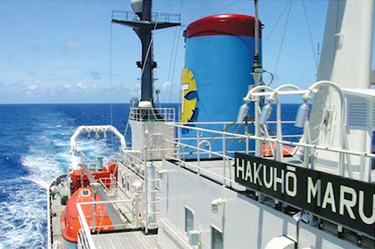
Voyages to the open sea cost time and money, and you cannot set out on a long cruise at the drop of a hat all alone. If you want to actually go out and observe a mid-ocean ridge, you need to organize a research team, carefully craft an observation plan, and have your budget and navigation proposals accepted—a process which takes several years in total.
Hot springs known as hydrothermal systems can form along mid-ocean ridges, attracting the eager attention of biologists and chemists. If such ridges were on land, researchers from differing areas of study would separately drive out to them and conduct surveys at their own convenience, exchanging opinions only when they participate in study meetings. However, when the research targets are under the sea, researchers need to be on board the same ship for several weeks, working side by side and eating (and drinking and getting seasick) together. The ideas that emerge through their talks and discussions help them make plans for the next stage of their research and can even lead to the creation of interdisciplinary research fields. In areas around mid-ocean ridges, it is not only new ocean floors that are created, but also new fields of scientific inquiry.
Note: This article was originally printed in Tansei 34 (Japanese language only). All information in this article is as of March 2017.
Hot springs known as hydrothermal systems can form along mid-ocean ridges, attracting the eager attention of biologists and chemists. If such ridges were on land, researchers from differing areas of study would separately drive out to them and conduct surveys at their own convenience, exchanging opinions only when they participate in study meetings. However, when the research targets are under the sea, researchers need to be on board the same ship for several weeks, working side by side and eating (and drinking and getting seasick) together. The ideas that emerge through their talks and discussions help them make plans for the next stage of their research and can even lead to the creation of interdisciplinary research fields. In areas around mid-ocean ridges, it is not only new ocean floors that are created, but also new fields of scientific inquiry.
Note: This article was originally printed in Tansei 34 (Japanese language only). All information in this article is as of March 2017.


